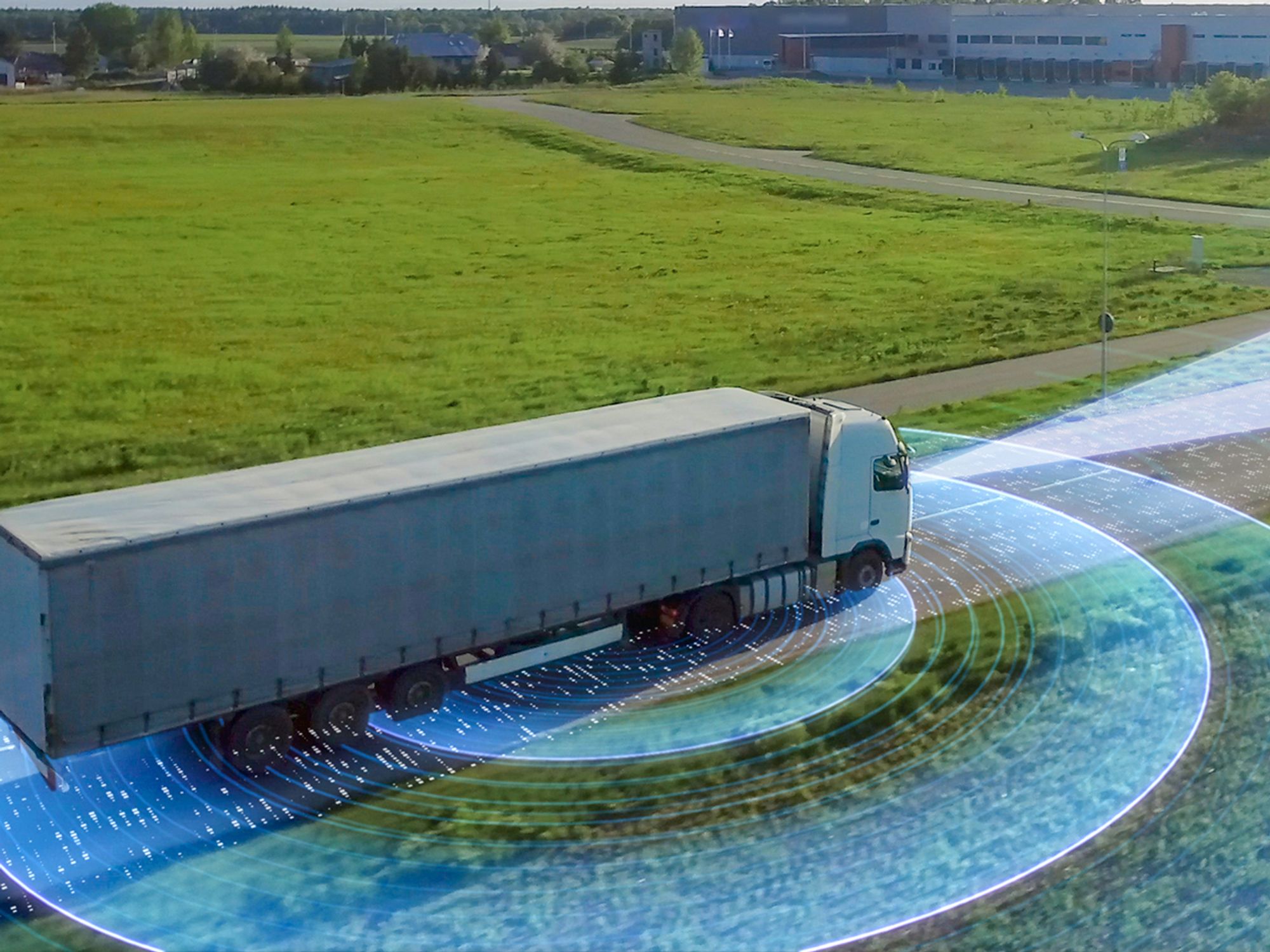Advanced driver assistance systems (ADAS)

- ADAS and other electronic safety systems must be understood, carefully chosen, and properly used to obtain maximum benefit.
- Before choosing an ADAS, a company should examine its safety concerns, as seen in its accident data, violation data, and complaints.
- Companies should examine the various ADAS that are available and carefully choose the systems that will provide the best results.
The use of advanced driver assistance systems (ADAS) and other electronic safety systems can be very beneficial, but the capabilities, shortcomings, and differences between systems, as well as proper use of the data to maximize benefits must be understood. The entire process, including the decision on what system or systems to get, selection of a system, and how to use the system to achieve maximum gains can be difficult. This section examines points to consider in each step of the process of choosing advanced driver assistance systems.
What systems are available?
There are several ADAS available, but not limited to:
- Electronic stability control (ESC) and anti-rollover systems,
- Automated emergency braking (AEB) and forward-collision warning (FCW) without active braking and speed control,
- Lane departure warning (LDW) and lane keep-assist (LKA) or lane centering,
- Adaptive cruise control (ACC),
- Blindspot monitoring, and
- Backup cameras and automated emergency braking.
Some of these systems simply assist the driver (such as the backup cameras), while others capture data as well. In some cases, the systems are interconnected (such as a lane departure warning system that is tied into an inward/outward camera system). In all cases, the system is designed to make the vehicle safer.
How to choose electronic safety systems?
One issue that needs to be dealt with is what type of system will provide the best results. When beginning to look at these systems, the first step is to examine the company’s safety problems. These can be seen in accident data, violation data, and complaints. These events are the outcome of bad behaviors. The idea would be to select a system that will help improve the behaviors that are leading to bad outcomes.
The next step is to look at risks. If vehicles are operating in heavy and conflicting traffic, and doing a lot of tight maneuvering, that is one set of risks. The risks will be different than the risks faced by a company that has its drivers doing a lot of open-road long-haul work. Once this step done, the next step is to ask some basic questions:
- The first question in all cases should be, “Why is this needed?” Is there something else that could be done that could result in the same change in behavior that the advanced technology system will provide?
- The second question should be, “What can it, or will it, do?” Reducing bad outcomes is of course the goal, but the system needs to be such that it can, and will, address the underlying behavior that is leading to the bad outcomes. It must also address the company’s risks.
Once it is determined which type of system best matches the company’s safety problems (bad behaviors) and risks, the next step is to locate a specific system that best meets the company’s needs and that will work with the vehicles and vehicle systems in the fleet.
